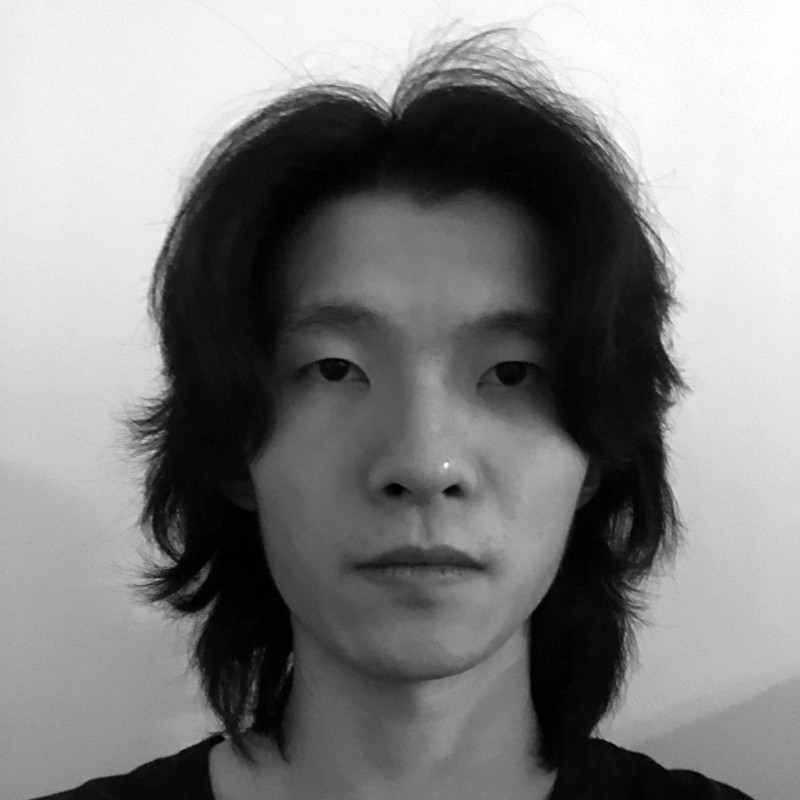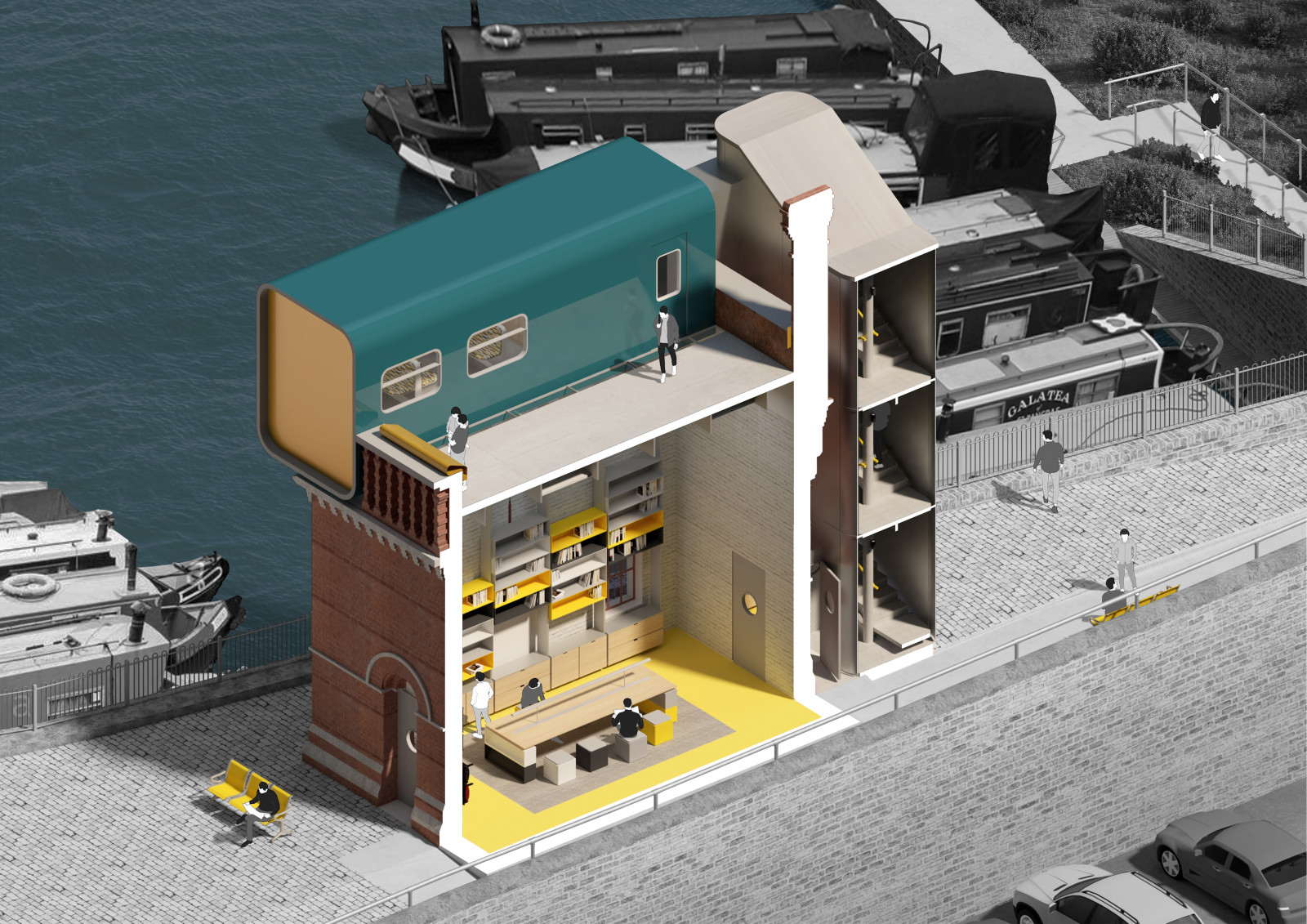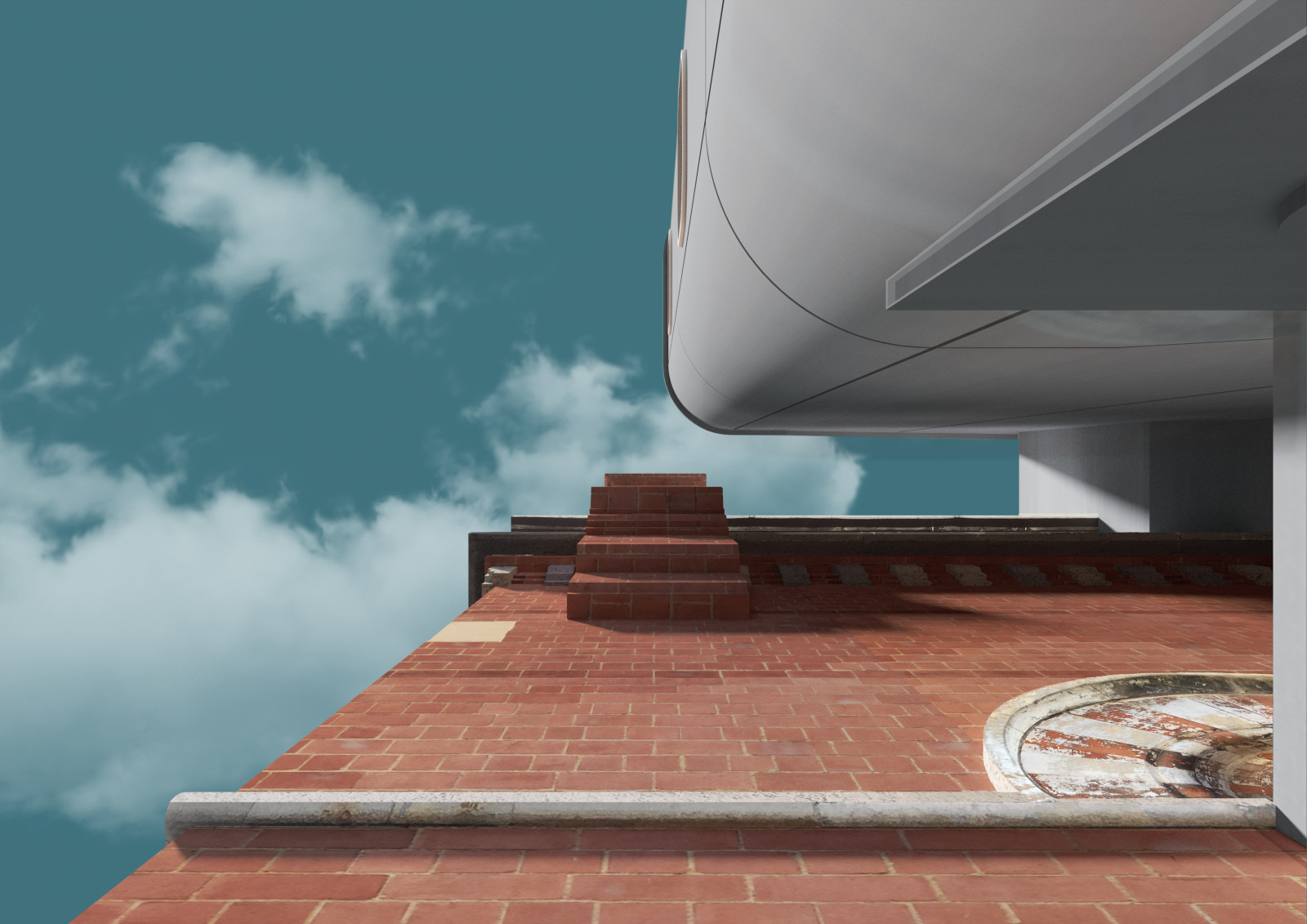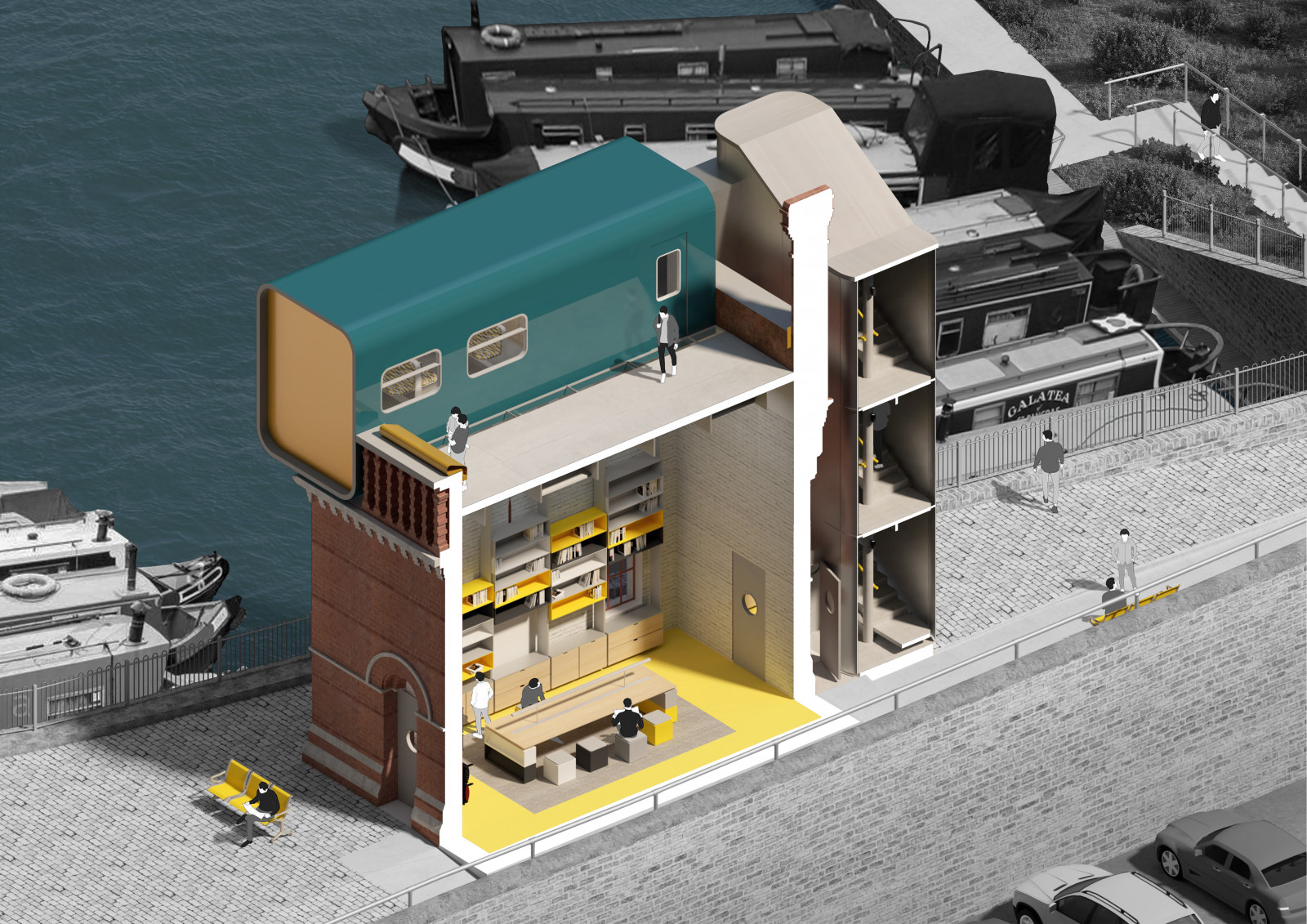Archive 2021
In the past year, people’s thoughts about home have been deeply influenced by the global coronavirus pandemic.On the one hand, the experience of being trapped at home makes people realize the importance of the connection between indoor space and nature. On the other hand, social isolation enables people more eager to create connections and think about the possibility of co-living in domestic space.
Over the past few decades, interior spaces have become increasingly open and versatile, flexibility seems to be the recipe for extending the useful life of buildings as far as possible.Then, to adapt to the evolving human being, while still accomplishing the needs that each person requires today, I think one solution is to design spaces neutral and flexible enough, in another word, unspecific.In the first phase of study, domestic imaginary translates my willing of creating unspecific between the interior and exterior by merging them into one space and create ambiguous atmosphere.In furniture experiment, I choose to study the table because table serves to establish scale for the plan and represent the function of the space. Inspired by integrated-tables (floors and walls that absorb tables), macro-tables (buildings that look like tables), and micro-architectures (tables that look like buildings), redefining the conceptions of furniture and room may create unspecific among domestic space.
While the second stage is focusing on the site characteristics and design development.The wind of our site generated by the moving of the underground was the starting point of my proposal, which aimed at capturing those changes occurring in the nostalgic and romantic development history of the London underground. The utopian I try to shade is simple, architectural and artistic, that work for ventilation, which are aesthetically seductive and poetically expressing natural air flow creating some experiences within the habitat which is very difficult to achieve within a city.Curtains not only as light and adjustable ‘facade’ but as a central point in the aesthetics of the environment.
Download:
Ning Wang





